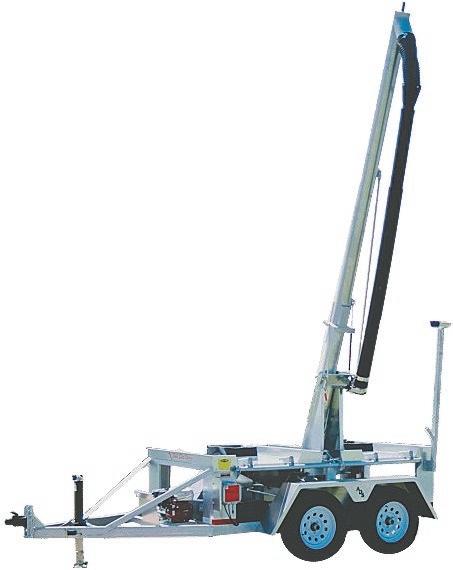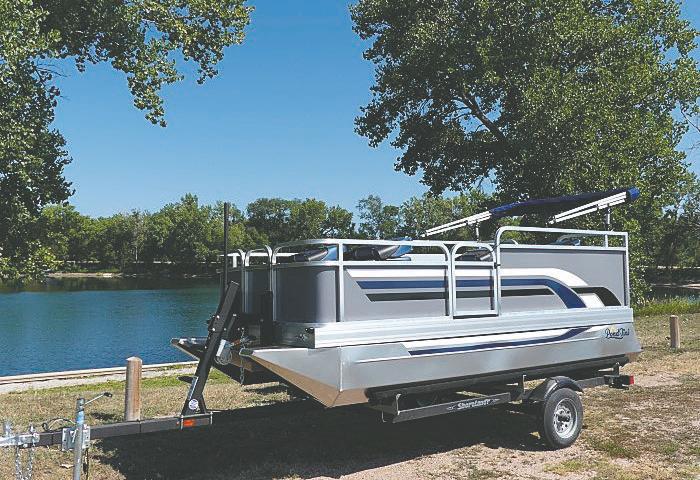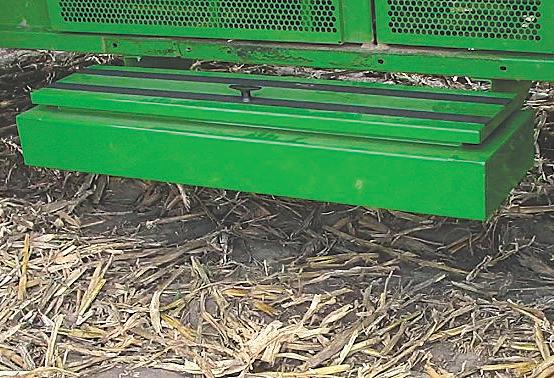








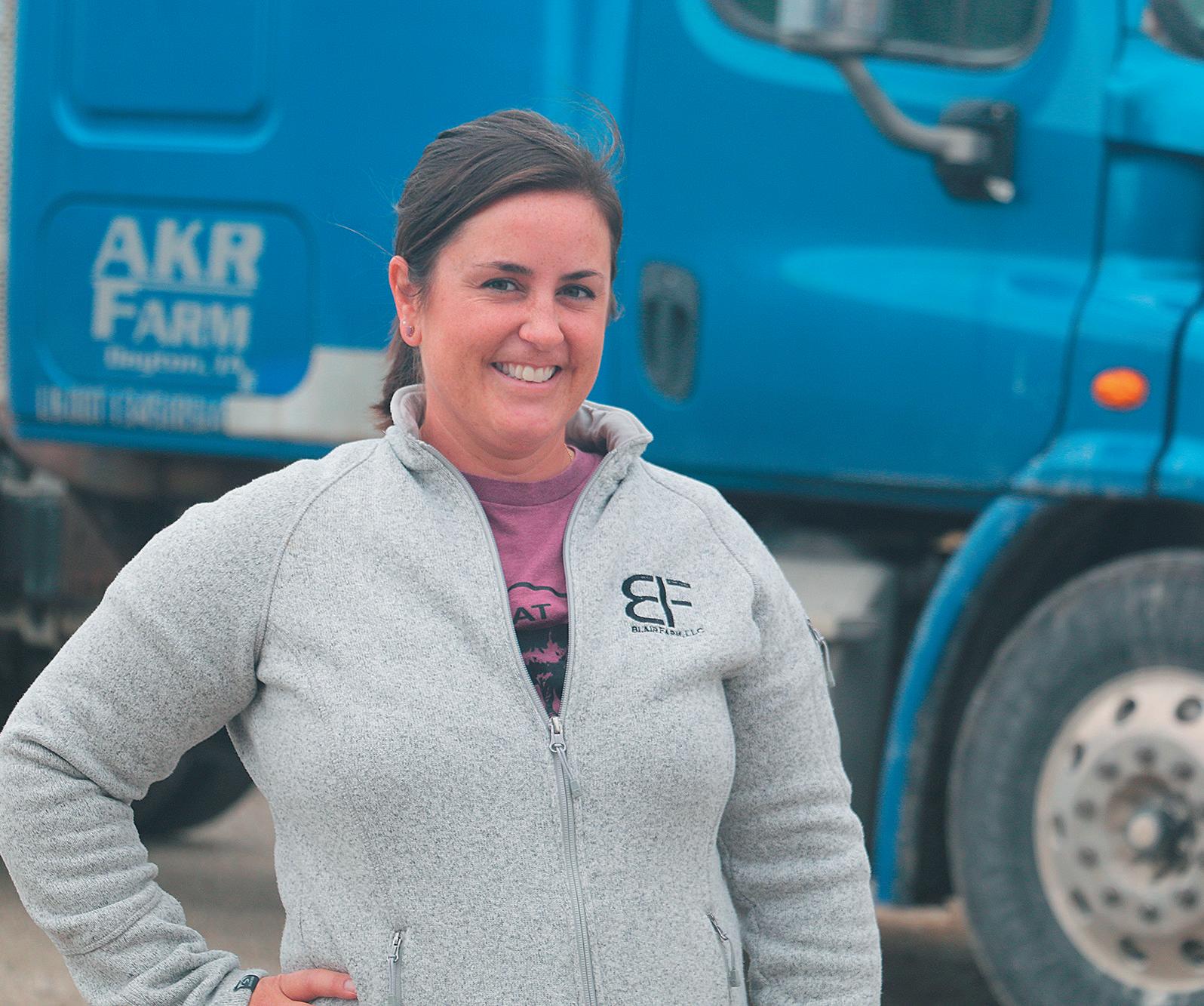
DAYTON — Sometimes it’s the simple things that plant the seeds for future success, even if you don’t realize at the time that they’re taking root.
That’s true for Dayton-area farmer Kellie Blair, who enjoyed growing up on a farm, spending time outdoors, watching the seasons change and staying curious about the natural world around her.
“Both my husband and I come from farm families who encouraged conservation,” said Blair, who recently received the Women Impacting Agriculture award from Iowa State University Extension and Outreach. “Now as a farm mom, I get to help pass that conservation legacy to our kids.” Blair also remains curious about better ways to blend conservation with production agriculture. She shares her knowledge with other farmers, along with consumers who are interested in learning more about modern ag. Thanks to her involvement with various Iowa ag groups, for example, she has participated in social media question-and-answer sessions — live from the tractor — to help answer people’s questions about cover crops.
She speaks from a deep base of knowledge. “We have a lot of on-farm
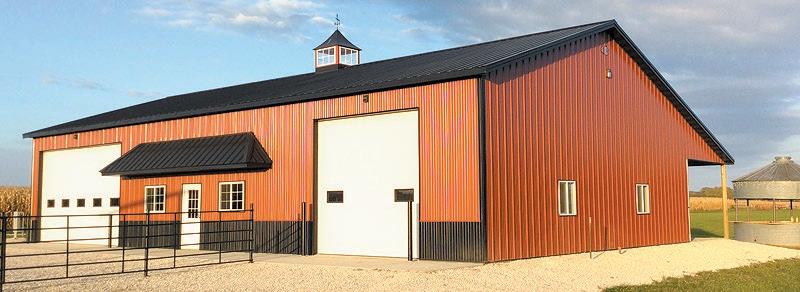


trials going on, and we focus on continuous improvement,” said Blair, 40, who farms with her husband, AJ, (the fourth generation of his family to farm the land) and his father, Kelly. Blair and her family (including son, Wyatt, 14, and daughter, Charlotte, 12) grow corn, soybeans, oats, alfalfa and cereal rye. They also have a 450-head cattle feedlot and manage 45 cow-calf pairs and a 2,400-head wean-to-finish swine barn.
While Blair is involved in all day-today aspects of the farming operation, she focuses on tracking all soil sampling and soil fertility planning. Blair and her family work closely with Angie Rieck-Hinz, an ISU Extension field agronomist who serves north-central Iowa, to increase the productivity and profitability of their farm through efficient, environmentally-conscious management.
“We regularly meet with Angie and other advisors to assess what’s working well, what we could do better, and how we can use the data we collect on our farm to make smarter management decisions,” Blair said.
Rieck-Hinz enjoys working with Blair.
“Kellie is highly curious and wants to learn all she can learn to improve
things on her farm, including integrated pest management (IPM) practices and profitability. She’s heavily involved in the feedback loop on the farm, so she can truly identify the continuous improvement that is made. When things don’t go as planned, AJ and Kellie work as a team to re-evaluate and try again.”
Rooted in the land
Blair’s interest in agriculture began when she was growing up on her family’s Century Farm near Pisgah in western Iowa. As a high school student, she considered a medical career but decided she wanted to work outdoors.
“I knew I wanted to work in agriculture, but I didn’t realize how deep this passion ran,” said Blair, who cites her parents, grandparents and husband as her biggest influences.
After earning her bachelor’s degrees in forestry and agronomy from Iowa State University in December 2006, Blair accepted a job with The Maschhoffs, a pork-production company. As a certified crop advisor and technical service provider with the Natural Resources Conservation Service, Blair covered western Iowa, providing technical assistance to The Maschhoffs’ production partners, from writing swine manure management plans to assisting with neighbor relations.
See BLAIR, Page 4C

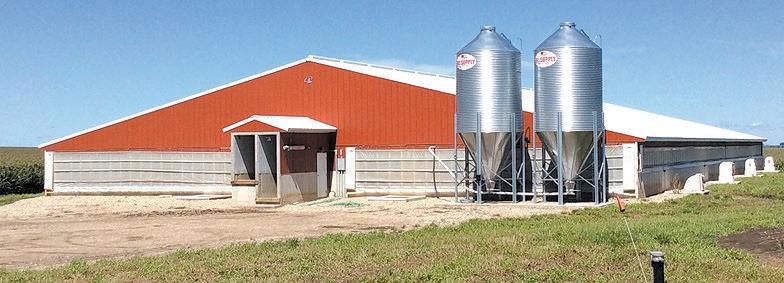

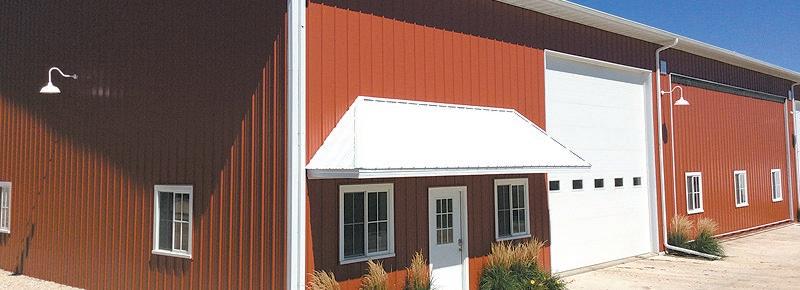

CARROLL — As the calendar turns to spring, Matt Helmer’s thoughts turn to golf, which has sparked some interesting — and surprising — perspectives during recent meetings hosted by Iowa Learning Farms and Iowa State University Extension and Outreach.
It all started in the last few years when Helmers and his colleagues were coordinating various farmer/ landowner meetings throughout the state. When they asked the participants their thoughts about the leading causes of water quality issues in Iowa, participants listed urban turf— specifically golf courses and lawns — as one of the top three causes.
Helmers, an ag researcher and avid golfer, wondered if it would be possible to better quantify the amount of nutrients that might be coming off of golf courses and lawns.
“While it’s critical to look at nutrient reduction no matter our land use, whether urban, rural or agricultural, we also need to recognize the magnitude of the various contributions,” said Helmers, a professor and agricultural engineering specialist with ISU Extension and Outreach, and director of the Iowa Nutrient Research Center.
Since Helmers is a numbers guy, he sought out data regarding land use in Iowa.
According to the Natural Resources Inventory (2017) from USDA’s Natural Resources Conservation Service (NRCS), there are about 24.9 million acres of cultivated cropland, and slightly more than 1 million acres of urban and built-up land, in Iowa. (Urban and built-up land includes residential, industrial, commercial and institutional land; construction sites; public administrative sites; railroad yards; cemeteries; airports; golf courses; sanitary landfills; sewage treatment plants; water control structures and spillways; and highways, railroads, and other transportation facilities, if they are surrounded by urban areas.)


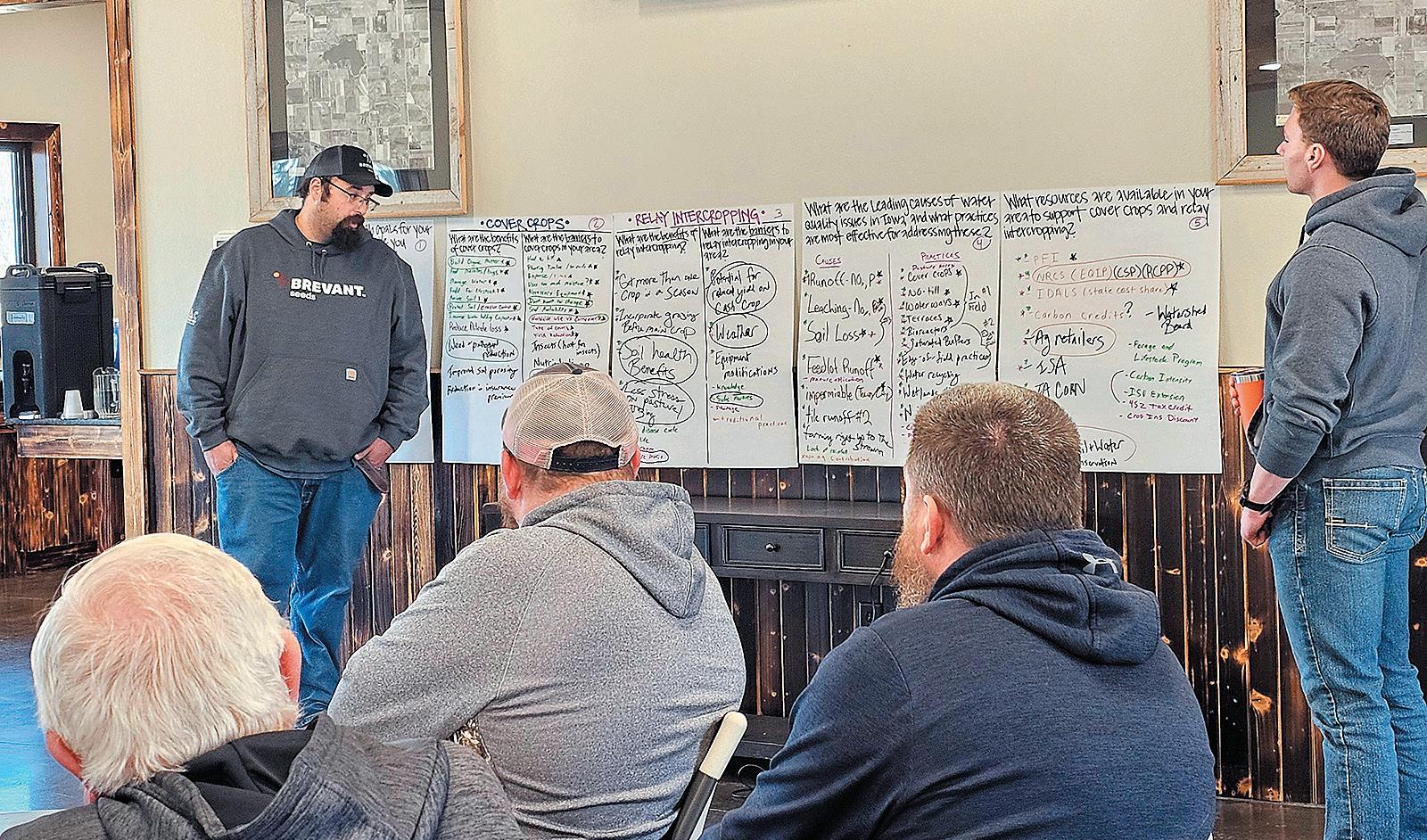










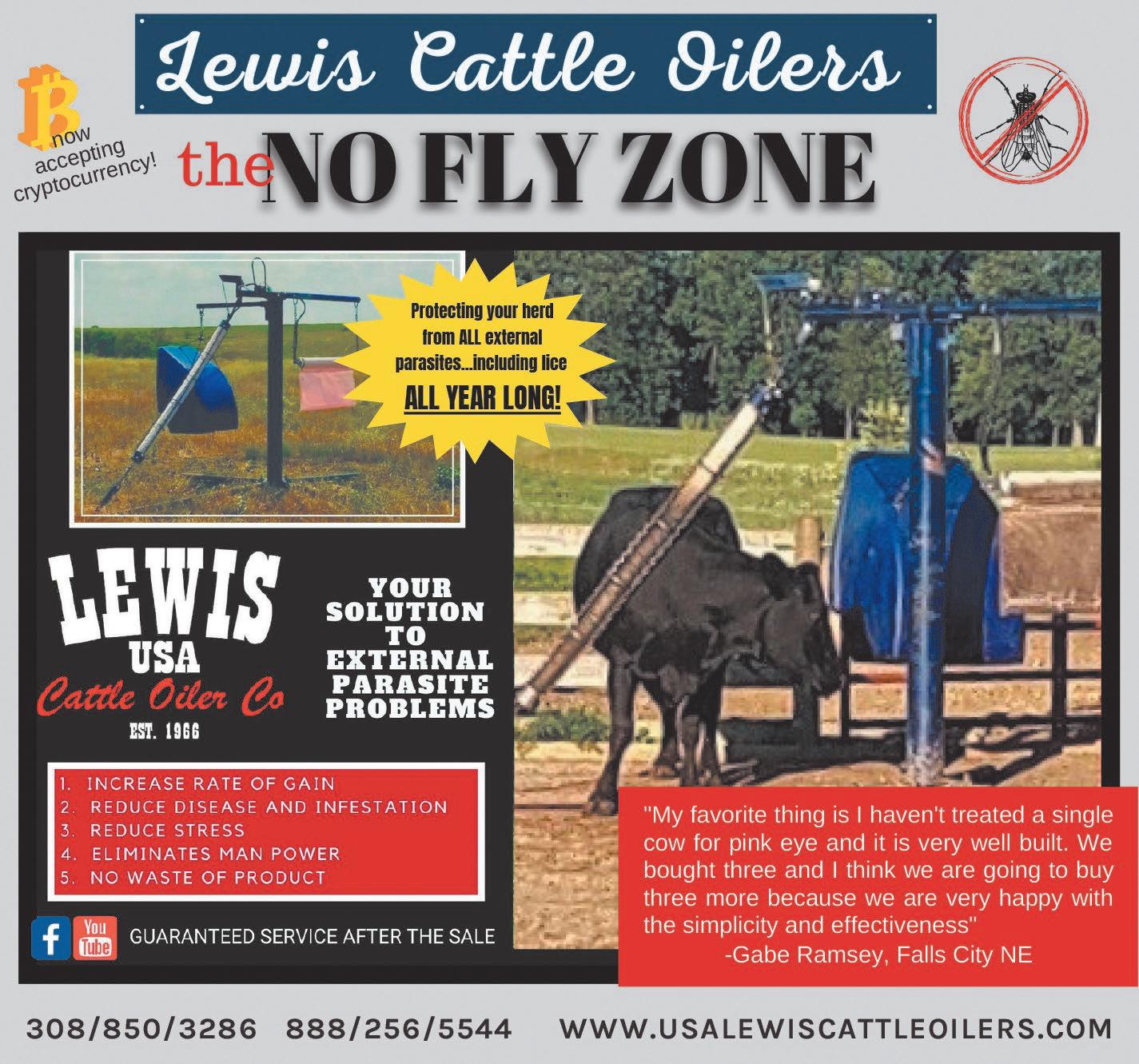




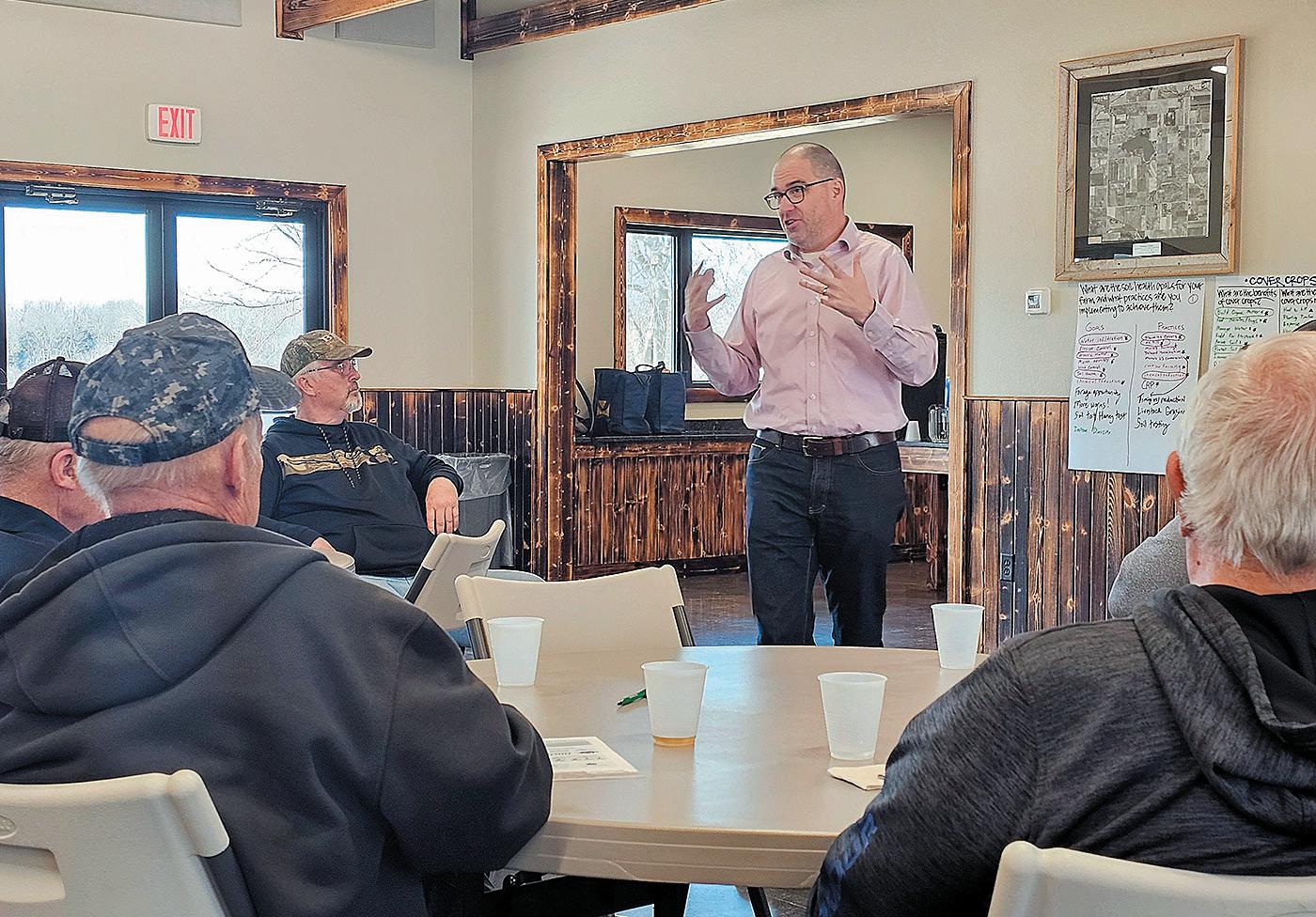
Continued from Page 2C
“So, there’s 24 times more cultivated land in Iowa than urban and built-up land,” Helmers said. “This isn’t really news to anyone who lives here. We are an ag state, and the majority of the land is in agricultural lands.”
What is less clear is whether the urban and built-up land sends more nitrate into Iowa’s waterways per acre than the agricultural lands, Helmers added. How big of a problem is the nutrient loss from golf courses and lawns?
What does the science say?
Some research has addressed this question in Iowa and other parts of the country. First, Helmers looked at a meta-analysis done in 2020. (A metaanalysis is the statistical combination of the results of multiple studies addressing a similar research question. In this case, how big of a problem is the nutrient loss from golf courses and lawns?)
In this case, the meta-analysis came from Emily Bock and Zachary Easton from the Department of Biological Systems Engineering at Virginia Tech.
After analyzing various studies from across the country, Bock and Easton summarized that the median nitrate-N loss via leaching and runoff was 8.9 pounds per acre from turfgrass plot studies.
More locally, researchers Matthew Streeter and Keith Schilling at the University of Iowa monitored a number of golf courses in Iowa. They estimated the mass of nitrate-N recharged to groundwater in golf courses to be about 3 pounds per acre, based on their data published in 2018.
For comparison, Helmers cited research from 2007 that reported an average annual nitrate-N loss of 27 pounds per acre from 15 years of a cornsoybean cropping system. That’s at a fertilization rate of 150 to 160 pounds of nitrogen per acre, which would be a common fertilization rate, Helmers noted.
While not all the urban and built-up land in Iowa is in lawns or golf courses, and not all these acres would lose the same amount of nitrate-N, Helmers multiplied the 8.9 pounds-per-acre loss
by 1 million acres. “We get 8.9 million pounds of nitrate-N loss from urban and built-up land,” he noted. “In comparison, if we have the 24.9 million acres of cultivated cropland, and each acre lost 27 pounds per acre, which I grant is an average and approximate value, there would be 672 million pounds of nitrate-N loss from cultivated cropland.”
Considering cover crops, relay cropping
These discussions, which were held during the Iowa Learning Farm/ISU Extension regional meetings at six locations around Iowa in late February 2024, highlighted the role of on-farm practices, including cover crops, to help protect water quality.
Cover crops provide many benefits, including reduced soil erosion, weed suppression, reduced nutrient loads entering water bodies, increased organic matter in the soil and forage for livestock, noted Mark Licht, an associate professor in agronomy and Extension cropping systems specialist with ISU Extension

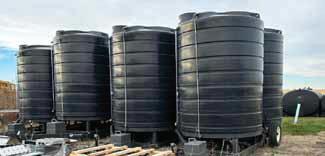
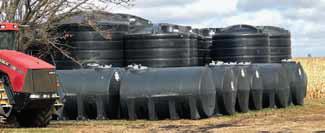




HELMERS, a professor and agricultural engineering specialist with ISU Extension and Outreach, and director of the Iowa Nutrient Research Center, has analyzed research to answer the question, "How big of a problem is the nutrient loss from golf courses and lawns, compared to agricultural land?"
and Outreach. The regional meetings also covered relay intercropping, a form of sustainable intensification using three crops in two years. In Iowa, the system can include corn and soybeans, with the addition of small grains actively growing later in the fall and earlier in the spring than a typical corn-soybean rotation.
Meeting attendees had the opportunity to review various conservation practices, discuss relay intercropping opportunities, ask questions and share their experiences.
Conservation and water quality issues were another key part of these conversations.
“While those of us with lawns should work to decrease our nitrate-N loss through appropriate nutrient management, it’s important to recognize that these areas likely only contribute a couple percent to downstream nitrate load,” Helmers said. “If you’re an avid golfer like me, know that the course you’re playing on is not a leading contributor to water quality issues in the state.”





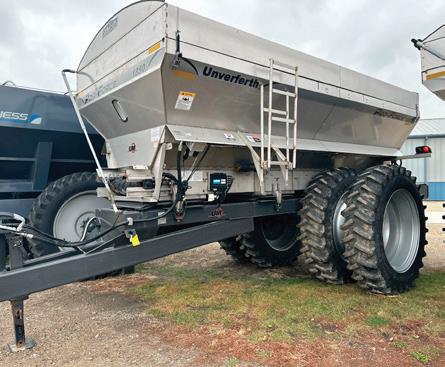

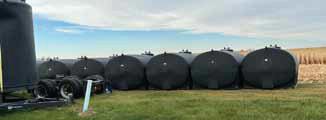


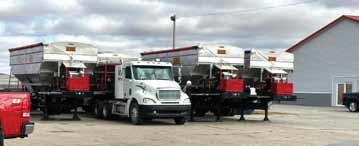
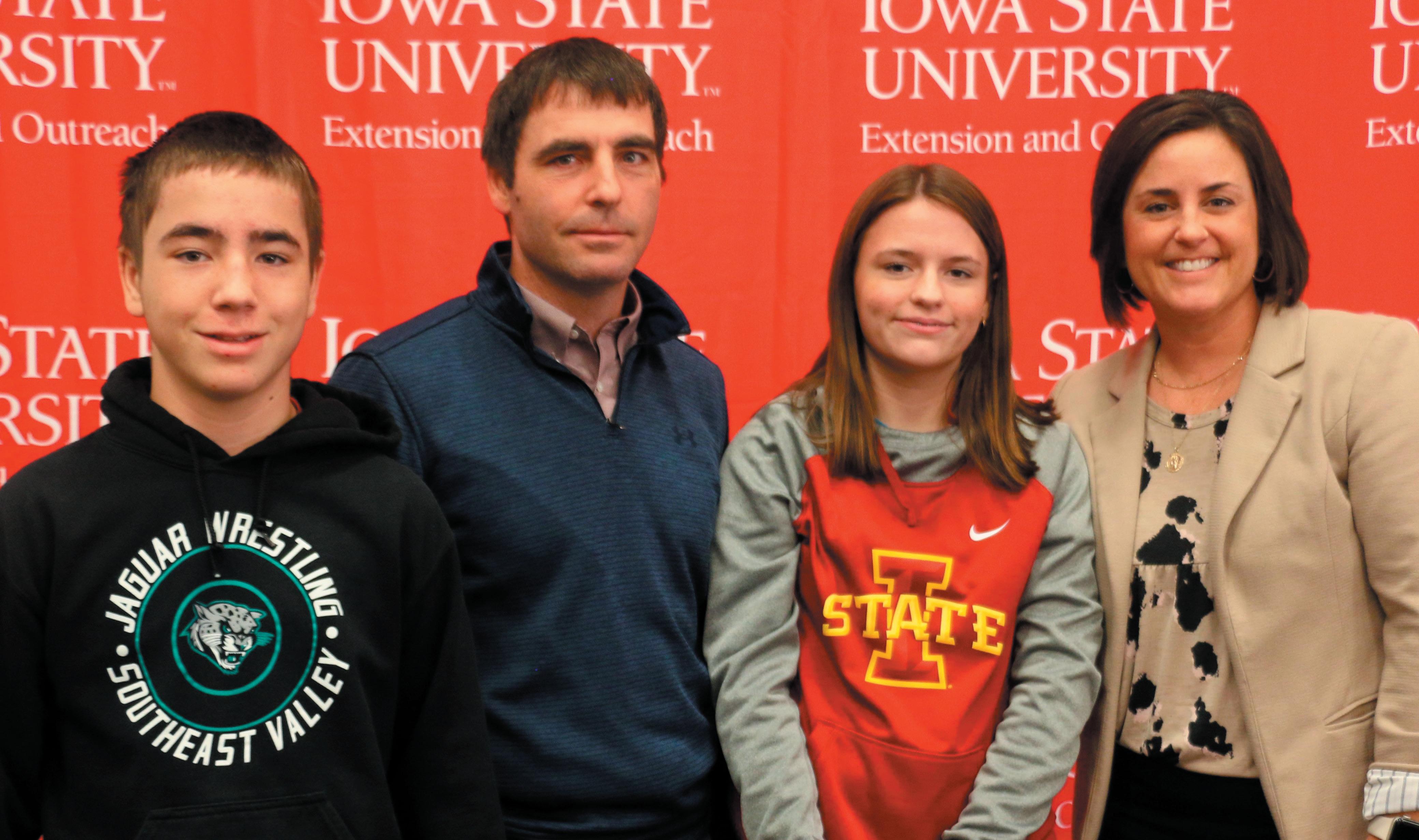
Blair Continued from Page 1C
Many of the practical lessons Blair learned through this work guide her role on her family’s farm. The Blairs include a wide range of conservation practices in their operation, from notill and strip tillage to cover crops that limit erosion and enhance soil health. The Blairs also participate in the Iowa Nitrogen Initiative through ISU and the Iowa Soybean Association (ISA). Nitrogen fertilizer is among the most critical inputs to crop production — and one of the costliest. When applied at the optimum rate, nitrogen boosts productivity and profitability and avoids the environmental costs of excess application. However, finding the optimum application rate can be a challenge, since it can vary dramatically year to year.
The Iowa Nitrogen Initiative is a private-public partnership that helps provide Iowans with the best nitrogen science in the world for the benefit of productivity, profitability, and environmental performance.
“We care about soil and water quality, and we think it’s important to take a voluntary approach to Iowa’s
See BLAIR, Page 5C
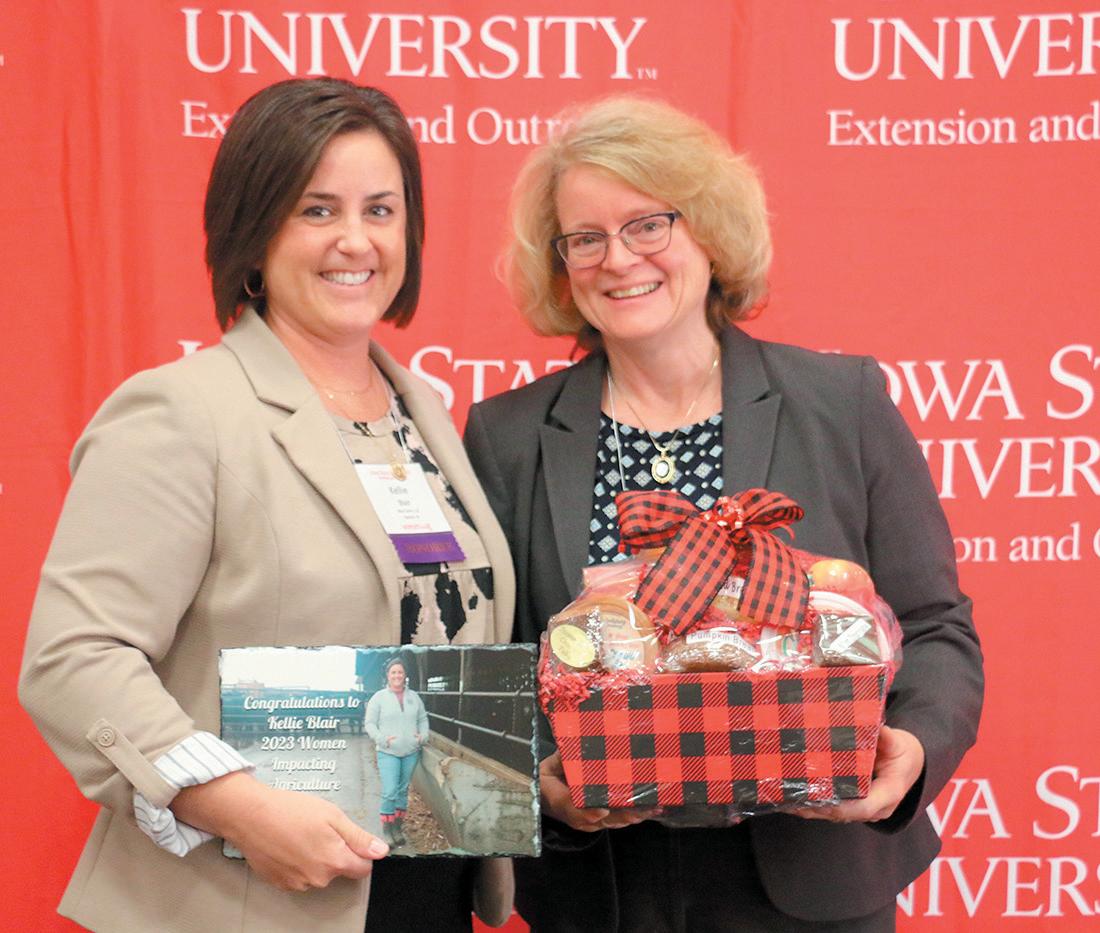





Nutrient Reduction Strategy,” said Blair, referring to a science- and technologybased framework to assess and reduce nutrients entering Iowa waters and the Gulf of Mexico. Her efforts haven’t gone unnoticed. In 2017, Blair received the Iowa Secretary of Agriculture’s Iowa Ag Leader Award for outstanding leadership in improving Iowa’s water quality.
Speaking up for agriculture
Blair also looks for ways to help people gain a greater understanding of modern farming.
Through the years, the Blairs have hosted multiple field days for various organizations, from the Iowa Soybean Association to Iowa Learning Farms, which was founded in 2004 to help build a culture of conservation across Iowa and beyond by encouraging the adoption of conservation practices.
During a Soyfoods Council farmand-food tour in Iowa, Blair and her family met with leading food bloggers, cookbook authors, dietitians and other key influencers.
“Farmers can be a big part of the solution to not only provide healthy, affordable food, but leave the land better than we found it and protect Iowa’s natural resources.“
KELLIE BLAIR
Women Impacting Agriculture Award recipient
Blair also participates in a strip-till/notill discussion group facilitated by ISU, where farmers and others with experience with reducing tillage and no-till share their knowledge and act as a sounding board for people who want to adopt these farming practices.
“We want to be the ones telling our story, instead of letting someone else tell it,” said Blair, who also volunteers with Common Ground, a program sponsored by Iowa Corn, Iowa Soybean, the National Corn Growers Association, and the United Soybean Board, where farm women speak directly to consumers about their shared values for growing food. “That means inviting people out to our farm and letting them see everything that’s involved. Plus, the tours help us gain a better understanding of consumers’ concerns.”
“Leaders lift each other up,” said RieckHinz, who noted that Blair’s humility, quiet confidence and enthusiasm attract those who want to learn more about crop and livestock production. “Leaders like Kellie make this a stronger world for everyone in agriculture.”
Blair, who is honored to receive the Women Impacting Agriculture award, looks forward to helping make her family’s farm more productive and profitable.
“Farmers can be a big part of the solution to not only provide healthy, affordable food, but leave the land better than we found it and protect Iowa’s natural resources. We never stop asking ‘why’ as we look for ways to do things better. I’m excited to accept this responsibility.” Blair Continued from Page











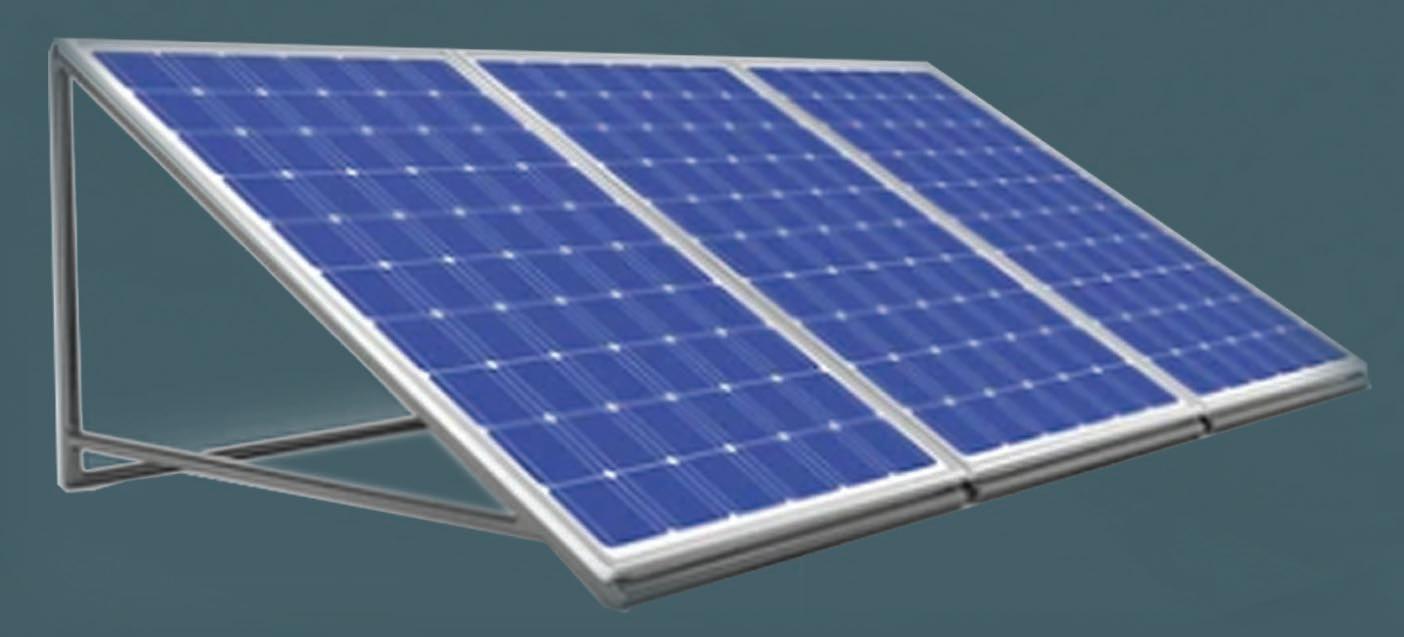







It takes a special baler to withstand the tough conditions and tight timeframes of baling cornstalks. The new Vermeer 604N/605N Cornstalk Special balers are equipped with heavyduty components to bale through the toughest crop quickly and efficiently. Smart features like an automatic lube system and optional Inline™ ramp (605N only) help prolong machine life and allows you to move bales off the field up to 30 percent faster. When it comes to cornstalk baling – get in line.


















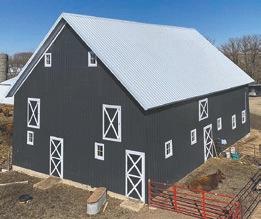

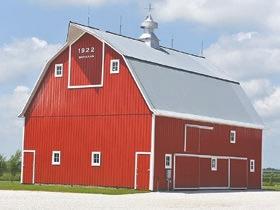











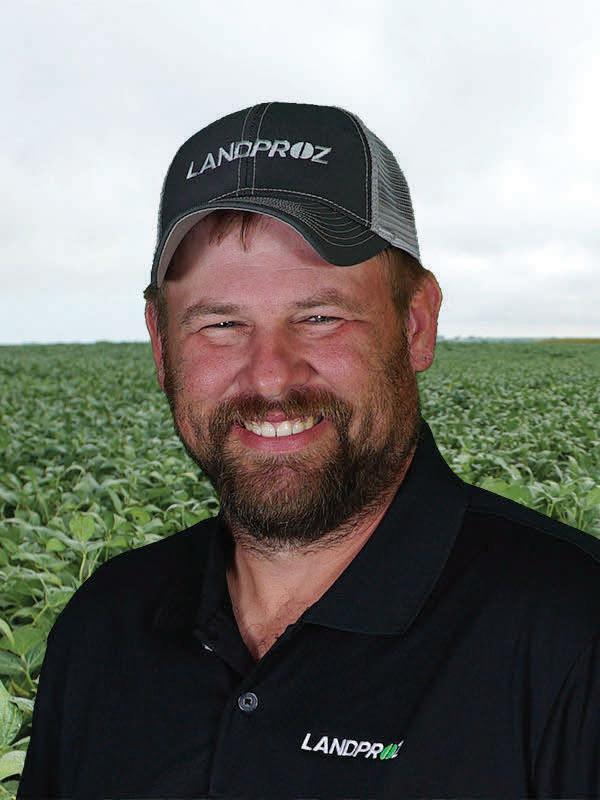





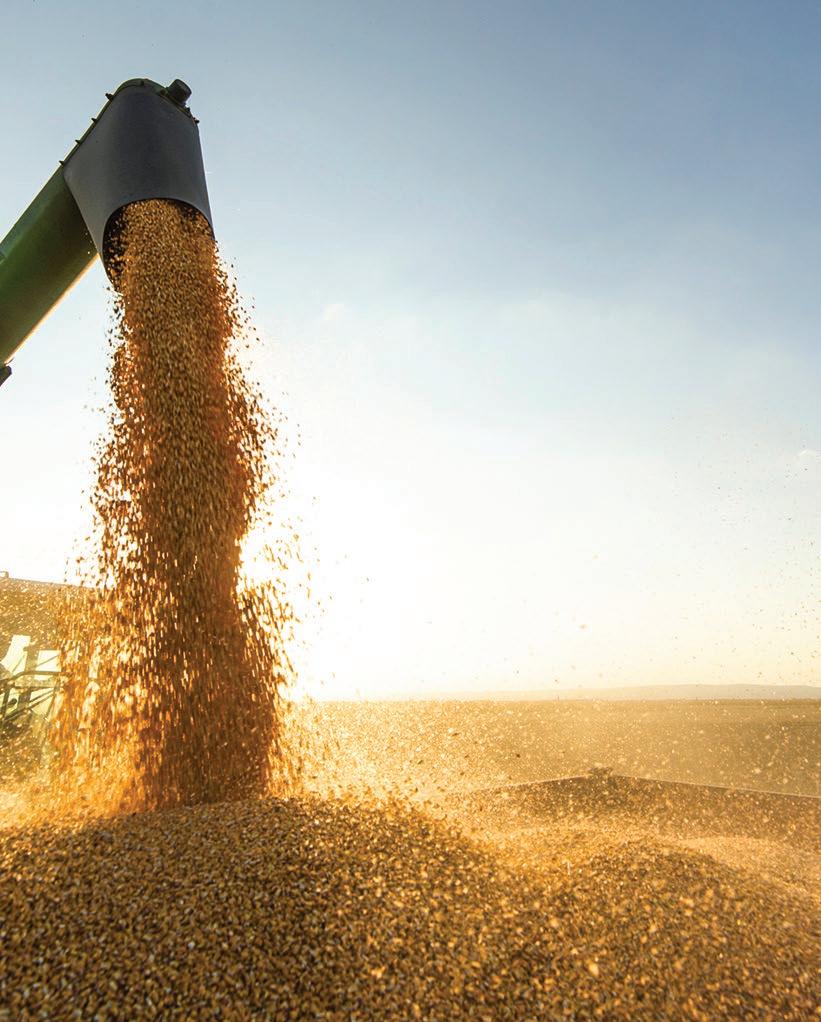
As planters roll this spring, producers might see a few more rain showers sprinkle across the southern half of the state and warmer temperatures across Iowa.
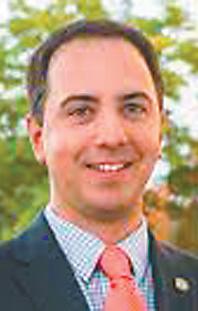
March, April and May outlooks show elevated chances for warmer temperatures for most of Iowa and a slight wet signal for Iowa’s southern half, according to Justin Glisan, state climatologist of Iowa. There also is a 79% chance of a transition to ENSO-neutral conditions in mid-spring to early summer, he said. ENSO means El Nino-Southern Oscillation and calls for a warming of the ocean surface, or above-average sea surface temperatures.
“Composites of ENSO-neutral conditions in spring going back to 1950, along with the 30-year trend, suggest near-normal to slightly wetter conditions are possible. Field fires are still of concern through March and April given dryness and climatologically stronger winds,” Glisan said. “Unseasonable warmth is pushing green up a lot faster than normal. We’re two to three weeks ahead of schedule. This creates risk as spring frost/freeze potential is still possible in late April and early May.”
While it’s still too early to accurately predict what will happen this summer, Glisan said there exists “somewhat of a signal for warmer summers” when there has been a rapid transition from a winter El Nino to summer La Nina. “Rainfall behavior is much more variable as we’ve experienced very wet and some dry summers as well. It’s important to note that summer weather behavior also shows a low correlation with La Nina conditions,” he said, “as a majority of the rainfall we receive is generated by thunderstorms as opposed to large low pressure systems that are highly influenced by the location of the jet streams during the cold season; winter time weather
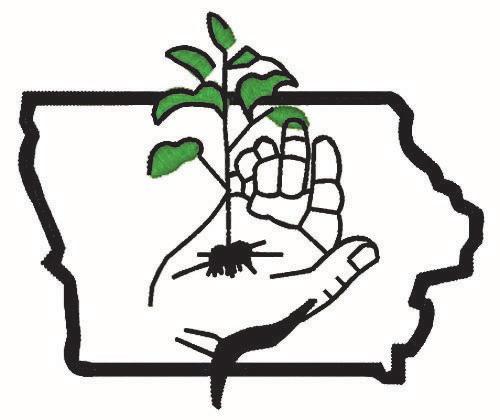
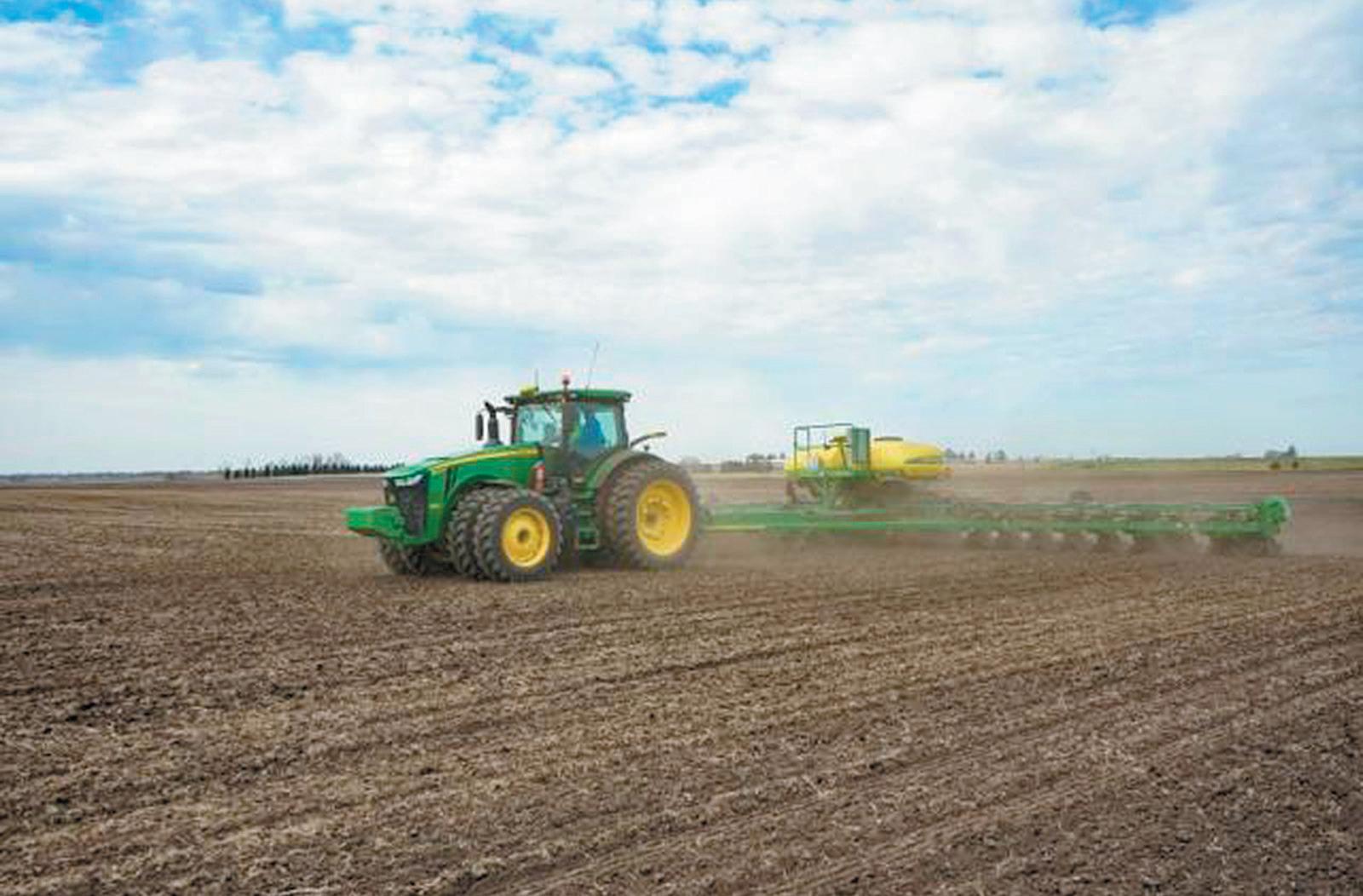
behavior is strongly influenced by the phase of El Nino/La Nina.” The second week of March served as the 192nd consecutive week of D1-moderate drought somewhere in Iowa — the longest drought since the 1950s.
“With the warmest and second driest February on record, we lost some shallow soil moisture from January snowmelt and rainfall. Inland streams are also trending lower as well,” Glisan said. “Drought will persist unless we have several months, if not more than a year of wetter than normal conditions. We particularly need normal to wetter conditions through the growing season, as we have seen below-normal precipitation during the wettest time of the year for the last three growing seasons.”
Considering how long the drought has persisted in Iowa, soil profiles are short on moisture, Glisan noted.
“With continued warmth, there’s a higher probability that we’ll have an early planting window and that farmers will be planting into drier
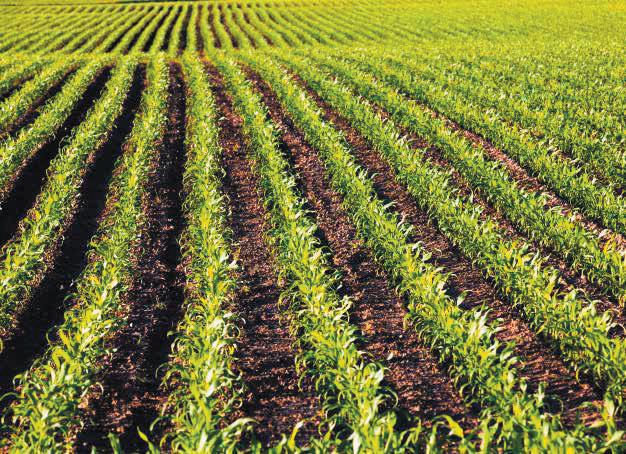
soils. This could change if we get into a more active storm track or have a cooler April, as we experienced in 2022 with the 12th coldest on record,” he said. “It’s way too early to consider harvest weather, though we’ve seen warmer falls during La Nina years. However, other climate drivers can impact harvest weather.”
Winter precipitation did help soil moisture levels somewhat, Glisan said.
Unfortunately, with the warmer winter temperatures, there wasn’t really enough of a winter kill for pests.
“We did see some rebound in soil moisture after the 12th snowiest January along with above-normal wetness in December. With the second warmest winter on record, soil profiles really never froze up and, if they did, there was a shallow frost depth and a somewhat rapid thaw during late January,” Glisan said. “I don’t think it was cold enough for a good stretch of time for a broad scale kill off; those familiar pests will be with us.” Glisan reminded farmers that leaders readily accept data from the drought’s impact throughout the growing season so that they can provide recommendations to the U.S. Drought Monitor each week.

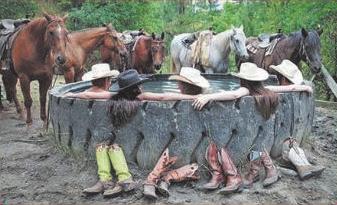
“Please … send in your thoughts and concerns to the state climatologist, National Weather Service, extension field agronomist, etc.,” Glisan said.

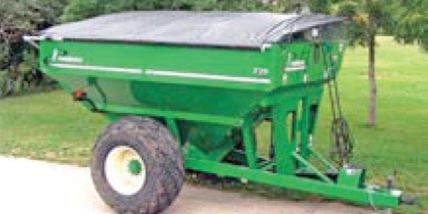

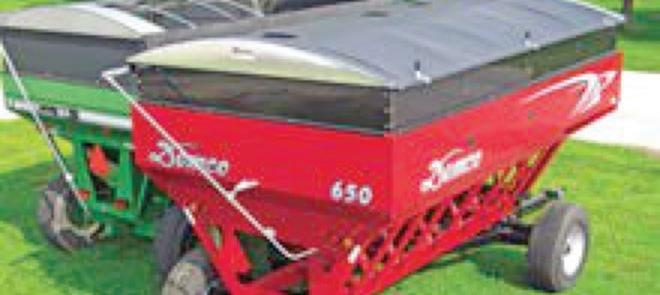








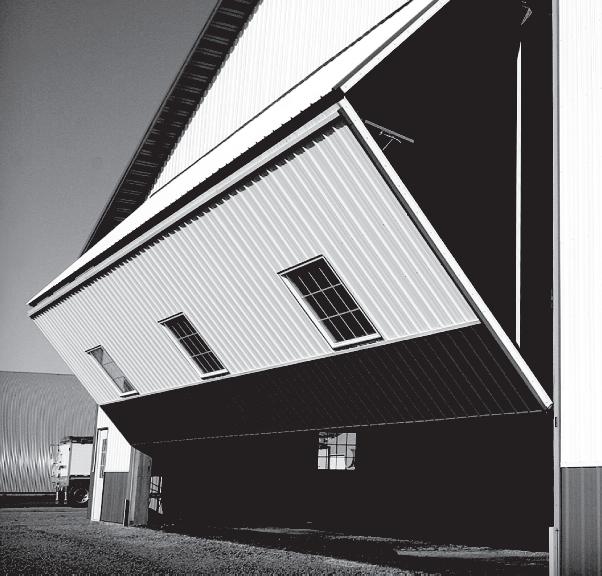

As spring comes to Iowa, the colors continue to intensify on the U.S. Drought Monitor map. The swath of red, indicating extreme drought, now bulges into much of Wright County, northeast Hardin County, and all of Franklin County, as well as several counties to the east.
Hamilton, Story and Boone counties now show severe drought, along with the eastern and southern tiers of townships in Webster County. A few lucky counties in northwest Iowa, Buena Vista County onward, are rated just abnormally dry.
Unfortunately, the outlook on NOAA’s drought monitor website is for drought conditions to persist through much of Iowa as the growing season gets underway.
But it can all change so fast. And not everyone sees current conditions quite as dire as the maps may indicate.
On any typical day in March, one can find Junior Ubben, owner of Ubben Tiling, Inc., Stratford, in a hole in the ground, mud on his boots, and a smile on his face.
“We’ve got a hole dug four feet in the ground with water in it right now,” Ubben said. “Our soils around here aren’t nearly as dry as they say — but they will get drier.”
In more than 25 years of farm drainage work, Ubben has gotten to know local soils very well. He cautions that conditions in this prairie pothole area of Iowa can vary widely in as little as a half mile — and he never pretends to predict the weather.
“I’m not going to say that it’s not dry, and there’s not a drought, but there is an area here — around Stratford, Stanhope, Boone — where we had a little more rain last year,” he said. “If you go up north and east in Hamilton County, it’s really dry.”
On this particular day, Ubben was working in a field on Iowa Highway 175 between Stanhope and Jewell, an area that benefited from a few more timely rains last year. The mild winter also allowed the snow that did fall to be absorbed into the soil, instead of running off as in most years.
“The snow that we did have went right into the ground because we didn’t

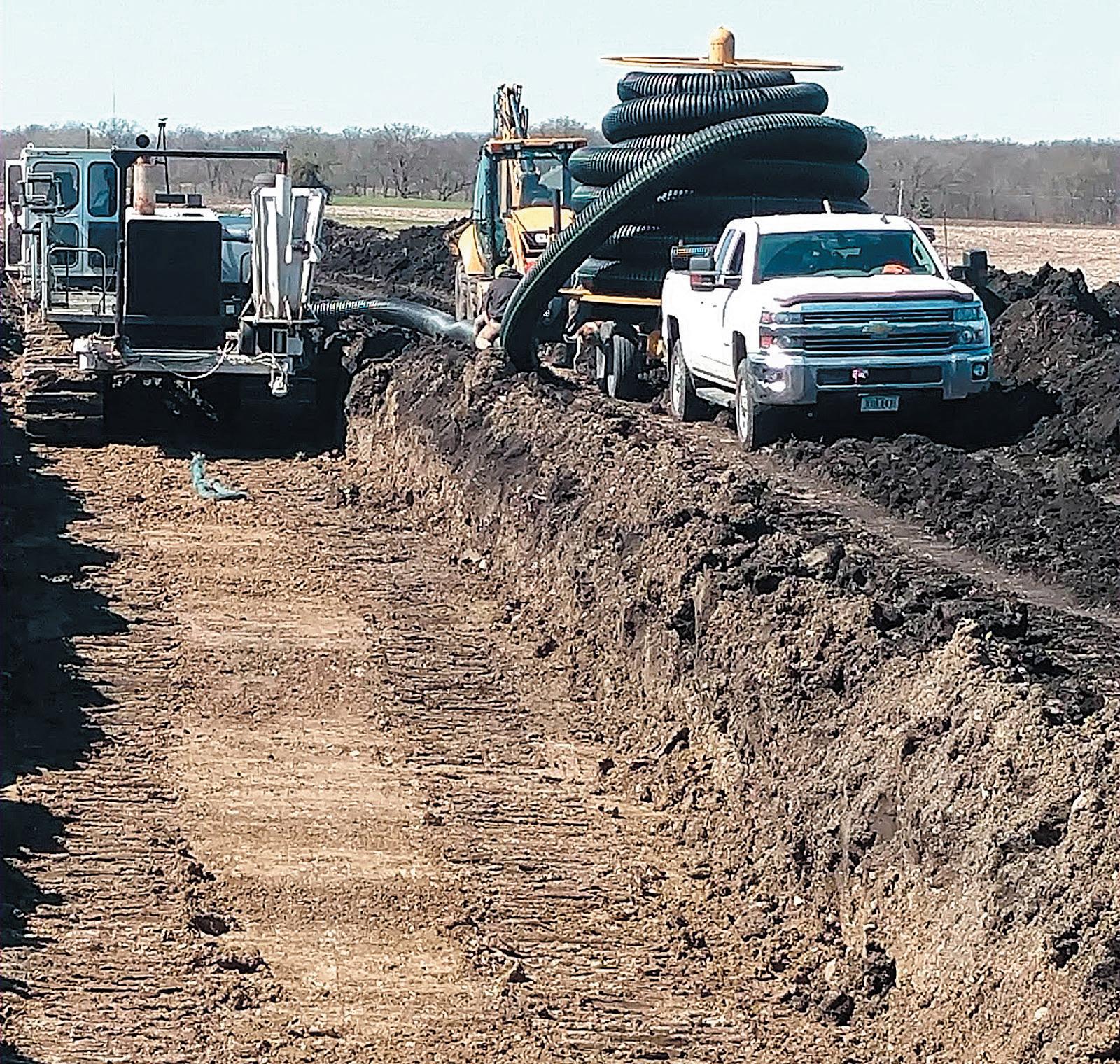
have any frost,” Ubben said. “That was a very big benefit.”
The outlook on this particular farm was good in early March. Soil in the top six inches was nice and dry, with available moisture down below.
“Anytime you go below a tile you usually hit water, and that’s the situation here,” Ubben explained. “We were looking for a tile, we got below it and found water, and from the tile up it’s nice and dry.”
If it was just a little later in the year, it might have been a good day to put some seed in the ground. Of course,


the soil is still a little chilly, with recent soil temperatures reported in the mid 40s, but clearly warming. “Right now, the ground is in pretty nice condition,” Ubben said.
What it will be like a few weeks or months down the road is anyone’s guess. But that combination of dry and workable on top, with moisture lurking below, is just what any farmer wants to see.
Listen to Ubben for even a brief
See TILE, Page 9C

-Submitted photo UBBEN TILING workers are on site at a county main in Hamilton County. Junior Ubben, owner of Ubben Tiling, Inc., Stratford, said, “That's really hard for people to believe, that tile will help in a dry year. And in a wet year, it’s just documented time and time again, 30 percent better yields on a well-tiled farm.”




















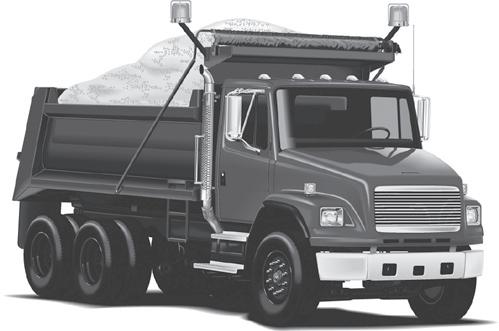
time and it’s apparent that his goal is not simply to drain excess water away, but rather to build structures that enhance the soil profile and enable crops to access the moisture they need throughout the growing season.
“We only take excess water,” Ubben explained. “There’s plenty of moisture in the soil profile down to the tile; there’s just no excess water. That’s all the tile does is get rid of excess moisture.”
It surprises many, especially nonfarmers, that one of the best ways to help crops access the water they need is actually through farm drainage systems, good old-fashioned, well-tiled land.
“In 2012, when it was so dry, there was a farm manager in Illinois who did a study, because it was so dry, and the yields that he had on tiled ground were way better than anything he had on ground that wasn’t tiled,” Ubben noted.
Tiled ground can more readily encourage strong root growth early on, so that when the hot, dry conditions of summer hit, the crop has the capability of tapping into deep water.
“What happens in the spring, it gets so wet and it will shallow-root those plants,” Ubben explained. “The roots are so shallow that, when it does dry off, they can’t get down to the moisture.”
In this way, keeping the soil dry in spring gives plants an added boost to tolerate dry conditions later in the season, thus protecting potential yields.
“You stop a lot of bad things from happening by drying the ground out in the spring,” he said. “When the soil dries out, those roots on tiled land are down there and they just have to go below the tile and they’ll start getting water. Where the stuff that’s shallow-rooted, it can’t get its root system down there fast enough.”
Tiled ground also suffers less soil erosion, according to Ubben. Water leaving the surface rapidly can scour the soil and carry it away. But when the water is collected, perhaps in a pond from an intake, it will more slowly be drawn down, thus protecting the soil.
“A lot of people don’t like ponds and intakes, but what ponds really are is a time release so water can slowly go down an intake,” Ubben said. “Most people think it’s just the opposite, that you’re flooding the river, but what normally floods the river is overland water because it can’t get into the ground.”
In the case of high-residue farming, Ubben maintains that adequate farm drainage systems are essential. Crop residue from previous years prevents the soil from drying out and warming up more quickly. By drying the soil, tile helps warm that soil up to be a more inviting environment to welcome seed earlier in the spring.
“The sun doesn’t get to the soil, so with high residue farming, you need more tile so they can get in there and plant earlier,” he explained. “When we were kids, everyone was planting in the middle of May, now it’s the middle of April.”
Things have changed since those days. In Iowa, the countdown is on for the crop insurance planting window to open on April 11 for corn, followed quickly by soybeans on April 21.
Regardless of what the season brings for moisture, Ubben is confident that a good farm drainage system can be part of the plan to increase yields.
“That’s really hard for people to believe, that tile will help in a dry year,” Ubben said. “And in a wet year, it’s just documented time and time again, 30 percent better yields on a well-tiled farm.”

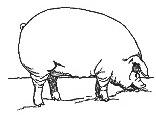








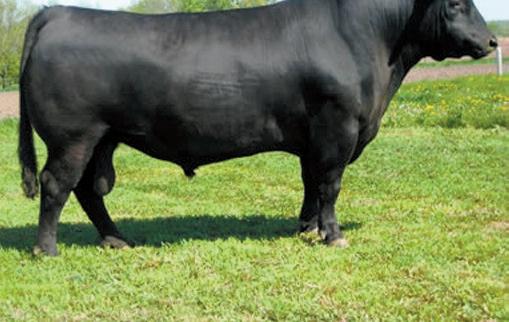






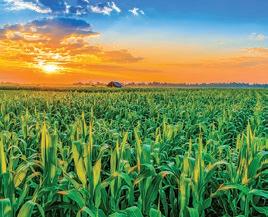

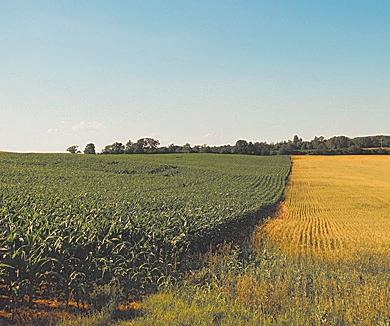




“The most






